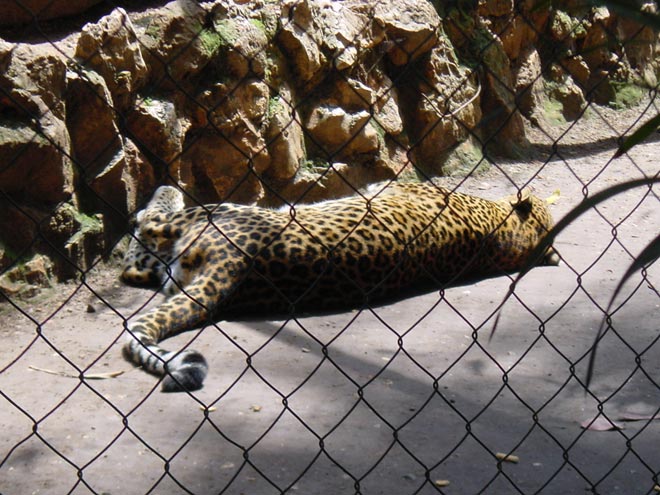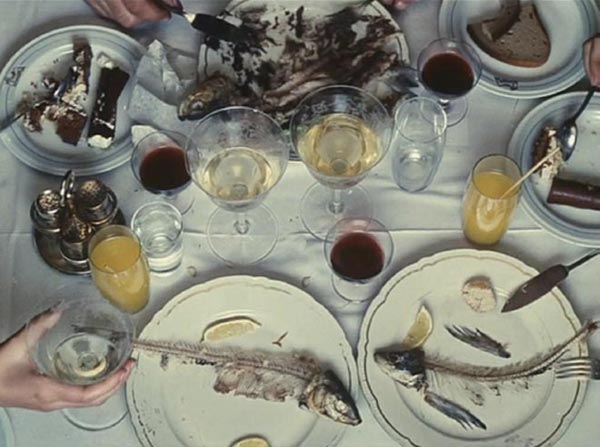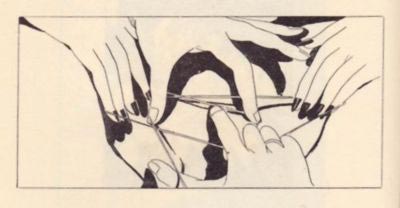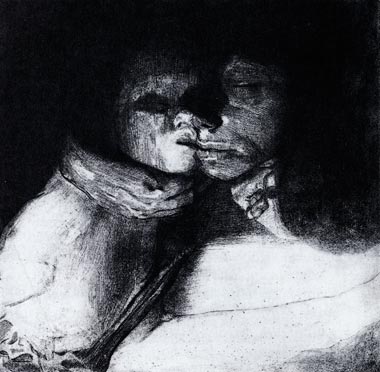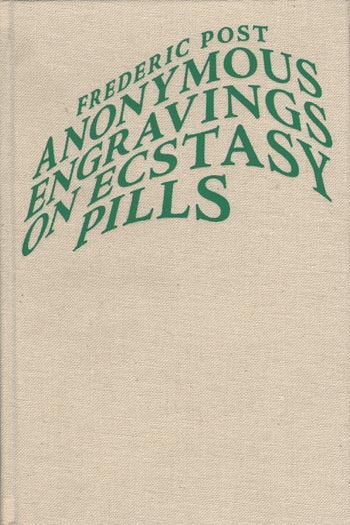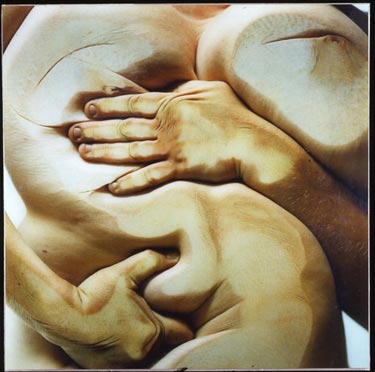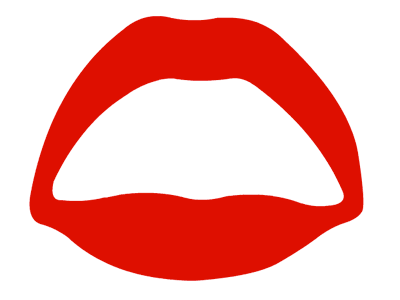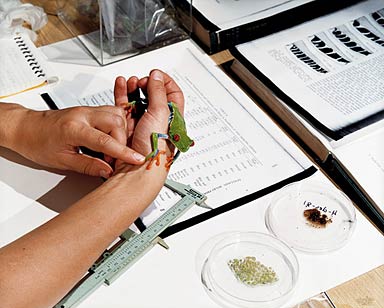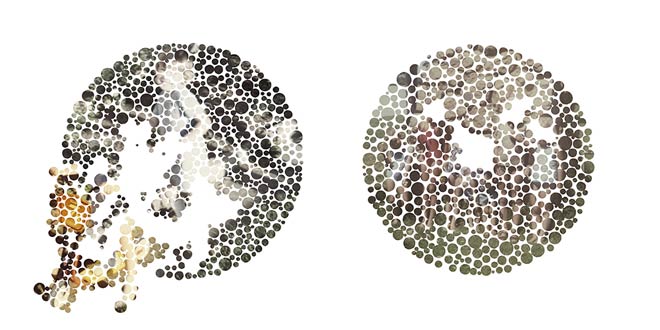All my life, I have lived with the feeling that I have been kept from my true place
Sleep is More Important than Food
Say you decide to go on a fast, and so you effectively starve yourself for a week. At the end of seven days, how would you be feeling? You’d probably be hungry, perhaps a little weak, and almost certainly somewhat thinner. But basically you’d be fine.
Now let’s say you deprive yourself of sleep for a week. Not so good. After several days, you’d be almost completely unable to function. That’s why Amnesty International lists sleep deprivation as a form of torture.
So why is sleep one of the first things we’re willing to sacrifice as the demands in our lives keep rising? We continue to live by a remarkably durable myth: sleeping one hour less will give us one more hour of productivity. In reality, the research suggests that even small amounts of sleep deprivation take a significant toll on our health, our mood, our cognitive capacity and our productivity.
Many of the effects we suffer are invisible. Insufficient sleep, for example, deeply impairs our ability to consolidate and stabilize learning that occurs during the waking day. In other words, it wreaks havoc on our memory.
So how much sleep do you need? When researchers put test subjects in environments without clocks or windows and ask them to sleep any time they feel tired, 95 percent sleep between seven and eight hours out of every 24. Another 2.5 percent sleep more than eight hours. That means just 2.5 percent of us require less than 7 hours of sleep a night to feel fully rested. That’s 1 out of every 40 people.
{ Harvard Business Review | Continue reading }
More than one-third of American adults wake up in the middle of the night on a regular basis. Of those who experience “nocturnal awakenings,” nearly half are unable to fall back asleep right away. Doctors frequently diagnose this condition as a sleep disorder called “middle-of-the-night insomnia,” and prescribe medication to treat it.
Mounting evidence suggests, however, that nocturnal awakenings aren’t abnormal at all; they are the natural rhythm that your body gravitates toward.
According to historians and psychiatrists alike, it is the compressed, continuous eight-hour sleep routine to which everyone aspires today that is unprecedented in human history. We’ve been sleeping all wrong lately — so if you have “insomnia,” you may actually be doing things right.
“The dominant pattern of sleep, arguably since time immemorial, was biphasic,” Roger Ekirch, a sleep historian at Virginia Tech University. “Humans slept in two four-hour blocks, which were separated by a period of wakefulness in the middle of the night lasting an hour or more. During this time some might stay in bed, pray, think about their dreams, or talk with their spouses. Others might get up and do tasks or even visit neighbors before going back to sleep.”
photo { french zoo, 2001; i took the photo }
related { How losing just a few hours of sleep can take years off your life }

